For a die-hard shoe aficionado, the Berluti moniker probably resonates the same way that Franck Muller’s name does for a WIS: overpriced, under-crafted, and something that clueless wanabees might buy.
But let’s not forget something important: Berluti, like Franck Muller, was a game changer.
As much as I wouldn’t be caught dead wearing a Franck Muller on my wrist, Berluti for me is one of the greatest shoe brands ever.
Sure, these shoes may not have the amazing details of some Japanese makes, or the classic and sturdy manufacture of some English brands, but what they do have is Parisian panache mixed with a great big dose of sex appeal.
The city of light in 1882
But before being sexy and Parisian, Berluti was Italian.
The young Alessandro Berluti started his career making leather seats and reins as well as wooden carriages. But it was only when he entered into an apprenticeship with a local master cobbler that the history of shoemaking would change.
In 1882, skills now honed, he headed out on the road, ready to discover the world. A few years of journeying finally led him to Paris, the city of light.
The newly established grand hotels of Paris welcomed an international clientele in search of Parisian chic.
It was here, between the grandiose Opéra and the regal Tuilerie gardens, that the young Berluti set up his own workshop to craft boots and shoes for the well-heeled, who could be extremely exacting clients.
A rainbow at your feet
In the 1990s, when I started to get interested in shoes, looking at the high end of the spectrum you had the choice between John Lobb, Church’s, and Weston with a great deal of choice between black and dark brown. And if you were feeling rakish, you could go wild and opt for light brown.
All these shoes were well-made, classic, conservative . . . and soooooo boring.
Berluti, who had by now created a ready-to-wear collection under the artistic guidance of his heirs, cousins Talbinio Berluti and Olga Berluti, was offering shapes never before seen with a firework of color options (called patina), where each and every pair was hand-colored to the desires of the clients.
You had a rainbow at your feet: this was champagne, sex, drugs, and rock ’n’ roll all in one. It was vibrant, decadent, and fun.
And it was impossible to go back.
Sure, the shoes were expensive, really expensive if you looked too clinically at how they were made. But no one buys a pair of sturdy shoes today to last a lifetime; that’s a bit like saying you buy a watch to tell the time!
And Berluti, with its surprising and playful lasts (the shape of the shoe, particularly the toe area) born of Olga Berluti’s creatively prolific mind, was adding music to our footsteps.
Vive la liberté
A. Lange & Söhne woke up a sleepy Swiss watch industry with its movements basking in splendid brilliance and immaculate finishing. We owe the German brand the fact that today the movement finish of most high-end timepieces is much more elaborate than what it was 20 years ago – in the same way that Berluti inspired many of these traditional shoemakers to experiment and innovate in terms of lasts and colors.
Pierre Corthay of the eponymous brand opened his own workshops after working at Berluti for a few years, and his creations retain the “Berluti touch.” Even brands as conservative as the Hermès-owned John Lobb (which can probably be called the Patek Philippe of shoemaking) is now offering products with green and purple patina!
In the 1960s, female activists were burning their bras in a fight for female rights and liberties. We men didn’t have to go to such extremes as burning our undergarments; we had Berluti to liberate our feet – which consequently influenced us to replace the sacrosanct dark blue and grey office “uniform” with the more playful sartorial attire we enjoy today.
And where Italian and British styles were already firmly in place in the world of shoes, Berluti created an immediately recognizable Parisian style (we can’t refer to a general French style as no respectable Parisian would ever consider him- or herself “French”; Paris is smack in the middle of the universe, you know).
I can only sign off by saying vive la liberté, vive la couleur, et vive Paris (and a bit of viva Italia considering the origins of Berluti).
For more information, please visit www.berluti.com.
* This article was first published on December 3, 2015 at Vive Paris And Vive La Couleur: What Berluti Has Done To Make Men’s Feet Fashionable.
You may also enjoy:
Why You Shouldn’t Get Your Better Half Interested In Watches
Vintage Watch Snobbery AKA How I Met Your Mother
6 Ways To Spot A Fake Watch, Even If You Don’t Know How To Spot A Fake Watch
Leave a Reply
Want to join the discussion?Feel free to contribute!





















































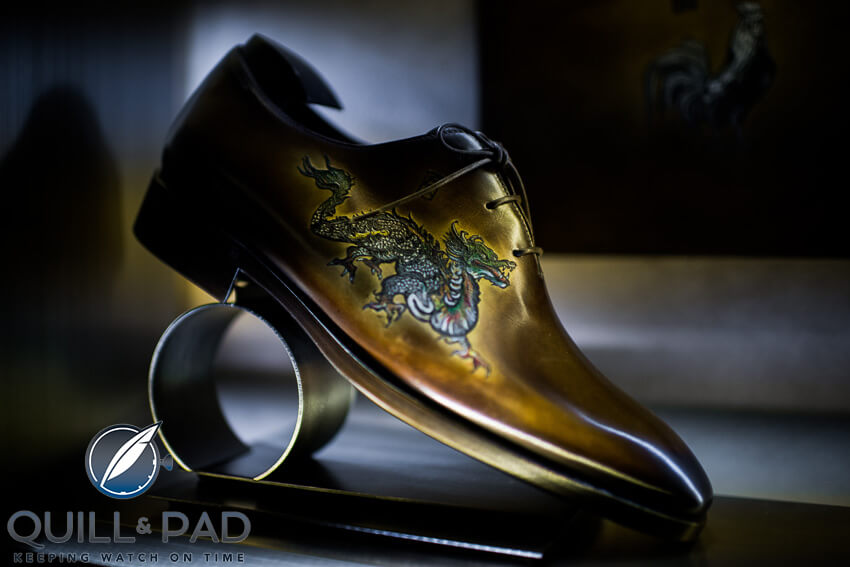
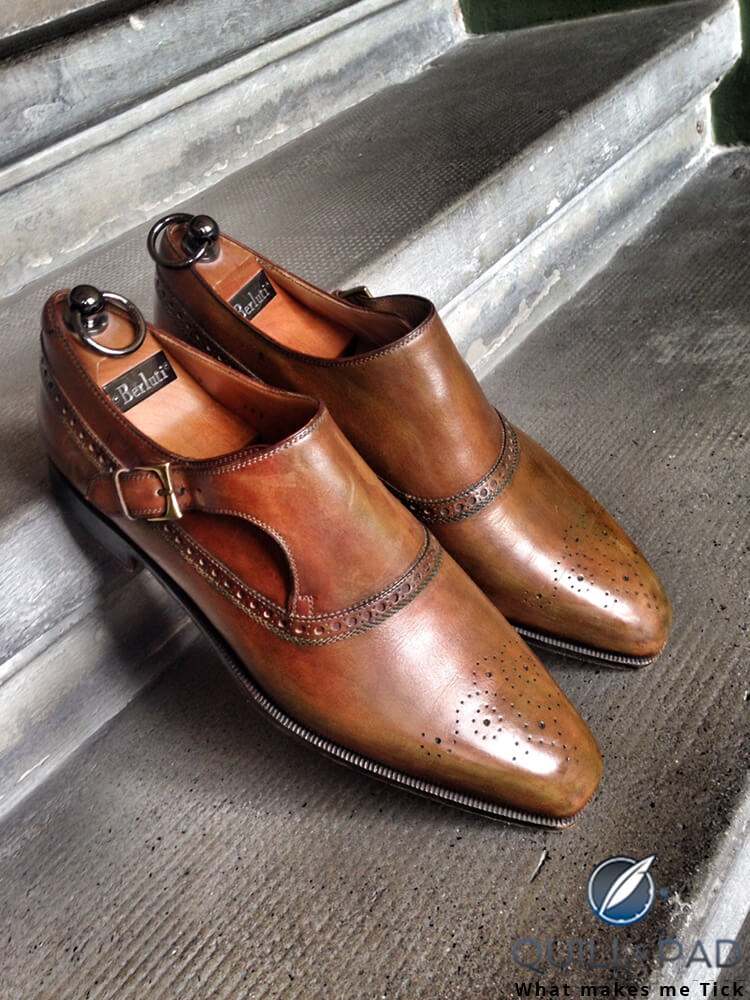
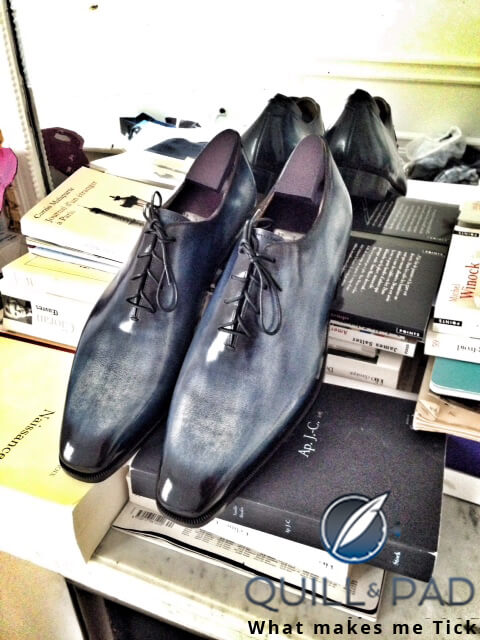
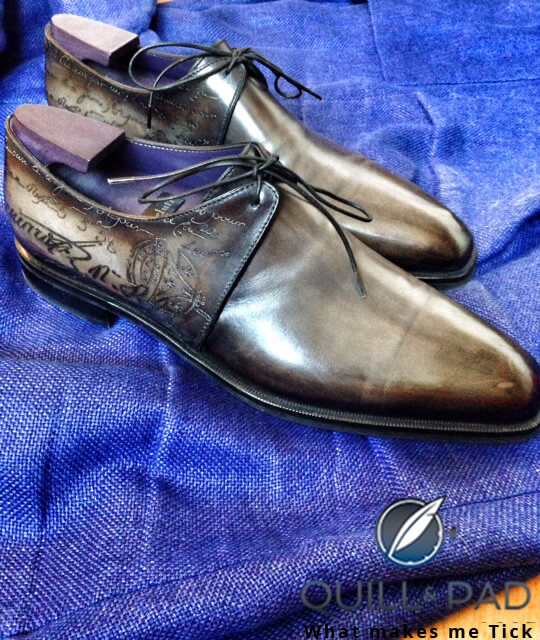
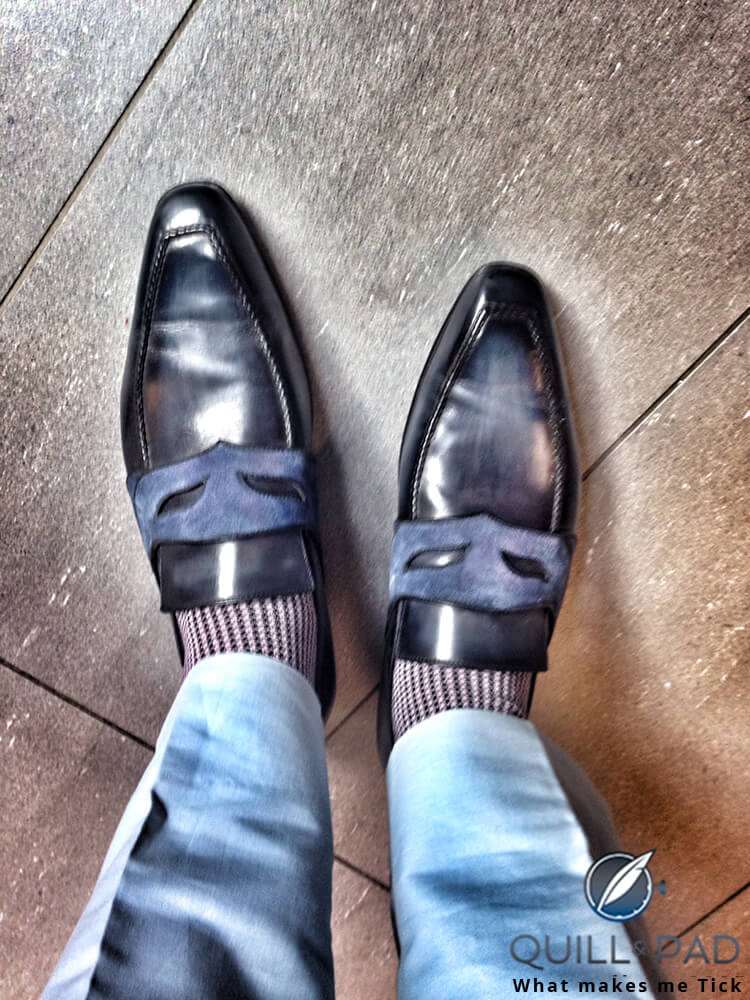
Can you update me with the latest design